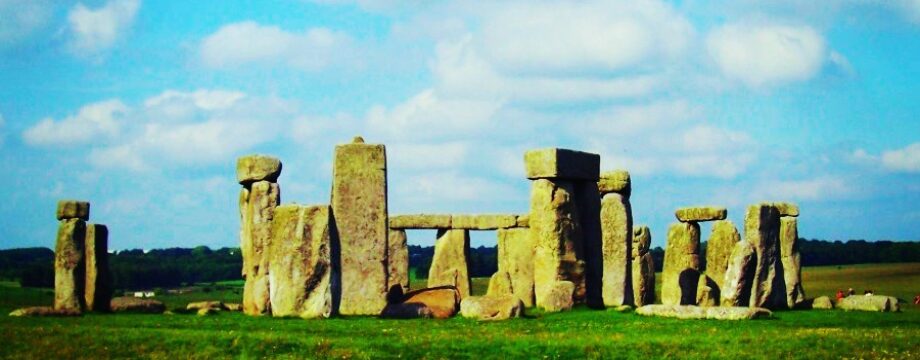Australia’s Overlooked Historical Wonders
From the Acropolis in Greece to the Forbidden Palace in China to Machu Pichu in Peru, there are so many history-rich destinations for a globe trotter to roam. For a history addict like me, standing in places with such extraordinary historical significance means stepping back hundreds or thousands of years into the lives of our predecessors.
But there’s one gem in the world that is often overlooked when contemplating history: a place that seems comparatively young, despite its long life. Australia is often left off of the list of historically significant places, which I believe to be a mistake.
Geological History
Of course, being many flavors of history nerd, I feel obliged to begin by mentioning that Australia’s geological history is fascinating. To me, there are few ways to better get to know an area than to learn how it came to be. Australia is home to volcanoes, glacier-sculpted landscapes, and plentiful mineral stores.
Geologically speaking, Australia’s most famous feature is Uluru, also known as Ayers Rock, the gigantic sandstone monolith in central Australia. Of particular interest might be the columnar dolerite cliffs of Tanzania, volcanic beauties of Victoria, the sea cliffs of Loch Ard Gorge, and Wave Rock in Hayden.
Australia has huge expanses of land to cross with many routes to take, making it difficult to plan how to get from one geological marvel to the next. To make the best of your gas and time, you may choose to sign up for one of the many Australian tours that cross the nation that will hit highlights in between cities you want to visit.
Earliest Humans & Indigenous Culture
Australia’s human history goes back around 50,000 years. Scientists are still not quite united on how the earliest denizens of Australia made it there, whether via boats or via land bridges that have since disappeared under rising sea levels. There are museum exhibits across the country dedicated to these early Australians, particularly to the extraordinary survival skills of the Bushmen who lived in the harsh conditions of the Outback, skills that have been passed down to their modern ancestors.
One of my favorite aspects of Australia is its history of Aboriginal art which spans thousands of years. From sacred petroglyphs to weaving techniques, there are such beautiful traditional colors and patterns to be enjoyed either in museums or in the work of contemporary artists.
Ancestral Aboriginal people have faced great adversity with the process of globalization. As with many native peoples, they have been dispossessed and marginalized in Australian culture for hundreds of years. Any student of history will enjoy learning about the inspiring quest for Aboriginal social justice and the brave individuals that lead the fight for equality. Most historical museums in Australia will feature a section on the subject and the Aboriginal Heritage Museum in Northbridge, NSW focuses on it.
Modern History
Australia was claimed for Britain in 1770 by the famous Captain James Cook almost a hundred years after its discovery by Europeans. Within a couple of decades, over 150,000 Australians were brought overseas to their rugged new home as convicts, beginning a new life that is remembered today by many Australians as part of their family history.
Immigration became a major source of population increase throughout the 19th century. Notable groups moving to Australia came from Greece, Britain, and India. Many people came, as with the American West, to take jobs in the industries that required manual labor- mining, railroad building, etc. These people have formed communities with strong ties to their original homelands while also forming a distinct Australian culture. The history of such immigrants, too, is an important element of the Australian identity.
Australia officially became its own nation on January 1st, 1901. Not even two decades later, it entered the First World War and suffered massive casualties- almost 65% of the young men who went out to war never came home. You can visit the Australian War Memorial to learn more about the servicemen and women who fought for Australia and peruse the archives housed there.
Australia has a resonant history that is both intensely unique and also born from many parts of the world. Considered a “young” country, it’s easy to dismiss it as not having much of a story to tell. But Australia is one of the true melting pots, with thousands of years of cultural antiquity and a historical microcosm of colonialism and immigration on top of that. Take some time to get to know the long and fascinating of history of Australia- you might just be surprised what you find.
Julius Wright is a travel writer and photographer with a love of trying new foods and learning cultural history.




